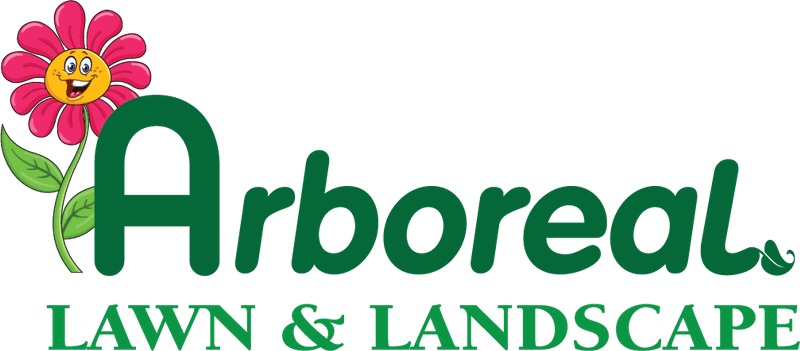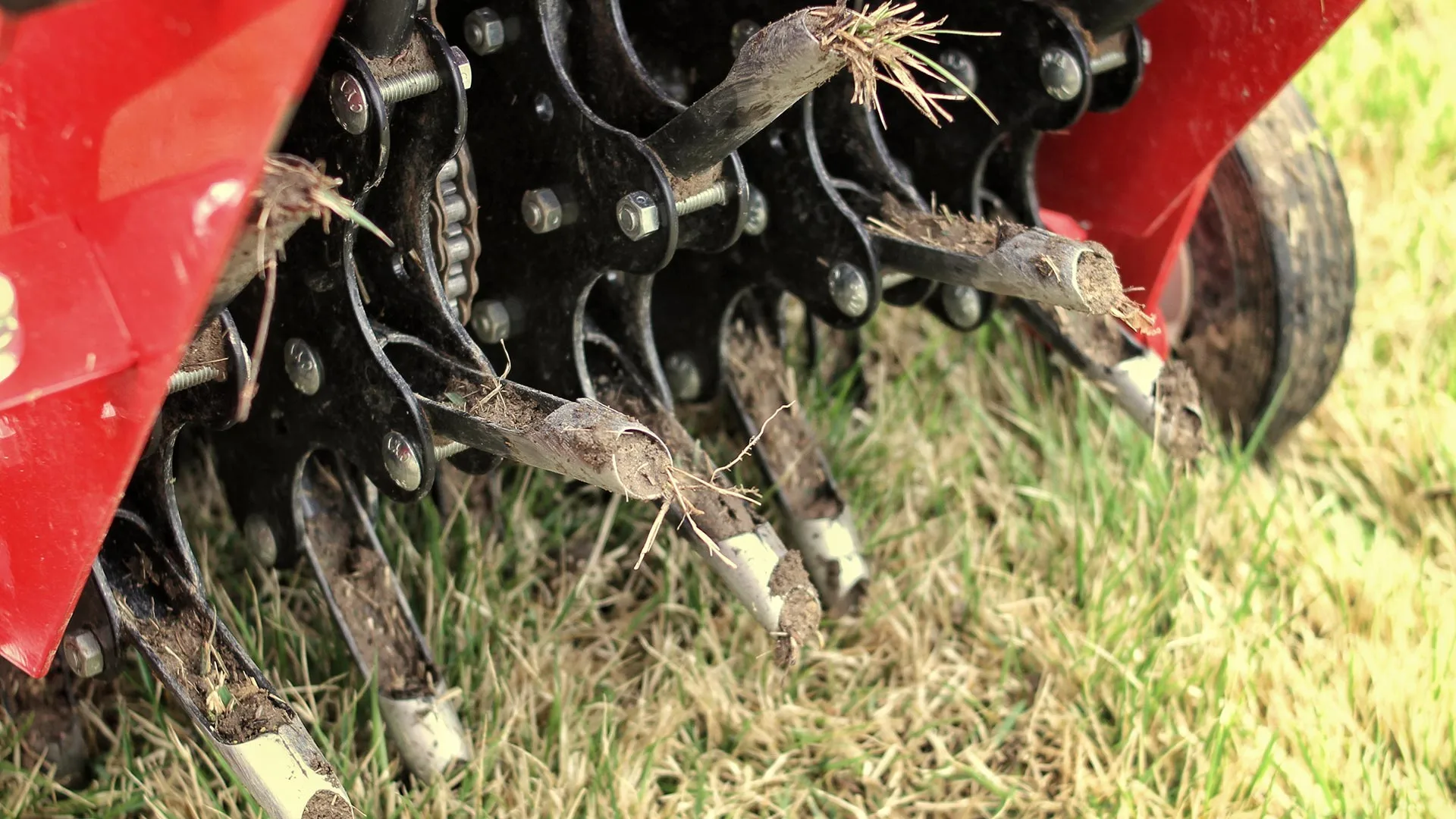In Texas, soil compaction is a phenomenon that can affect lawns across the state due to different factors. To address this concern, an aeration service can be performed annually during the spring to help restore the flow of nutrients to the roots of your grass. During the service, professionals will remove cores of soil from your lawn to create passageways for sunlight, water, and nutrients to better access the roots of your turf. However, once the professionals finish, they'll leave the cores of soil sitting on your lawn. While it's not the most aesthetically pleasing thing to look at, this is a typical procedure that most companies follow. You can leave the cores alone and they will break down on their own or you can rake or mow them to speed up the decomposition process. Either of those processes will benefit your lawn as the cores are filled with nutrients which they will return to your lawn as they break down. However, if you really don't like the way they look, you can just throw them away, but your lawn will miss out on the nutrients they contain. Keep reading to learn more about each option.
You can let the cores of soil on your lawn decompose naturally.

The cores left on your lawn after an aeration service are filled with nutrients and will naturally decompose over time, recycling the nutrients back into your lawn. So, if you're concerned about the plugs of soil left on your turf after a core aeration service, don't worry! The cores are completely normal and extremely beneficial to your lawn, so the easiest thing to do is to let them decompose naturally.
Soil cores typically decompose after about two weeks, depending on the weather and other factors.
You can rake or mow the soil cores to speed up the decomposition process.
Although the soil cores will decompose naturally, there is a way to speed up the decomposition process if you don't like how they look. For one, you can rake the cores to help them deteriorate quicker. Or, if you're looking for another alternative, you can use a lawn mower to mow over the cores, also speeding up how quickly they decay. Both of these methods are ideal if you don't like how the cores look but still want your lawn to benefit from the nutrients inside the cores.
You can remove the cores of soil from your lawn if you don't like how they look.

Lastly, if you don't like the way the cores of soil look, you can always just pick them up and remove them from your lawn. Although this option can remove the cores from the top of your lawn, tidying your grass up in the short run, it is not recommended because your lawn won't benefit from the nutrients inside the cores. Even if you really don't like the way the cores of soil look on your lawn, you should try and bite the bullet and leave them. However, if you really just can't stand the way they look and you don't want to put in the time and effort to break them down on your own, then you can just submit it.
Call us today to schedule our core aeration service!
In Texas, soil compaction can have a detrimental effect on your grass by limiting how many nutrients and resources the roots of your turf can access. If you fear your lawn's health is deteriorating because of compacted soil, call us at (972) 521-6227 to schedule our core aeration service to help get nutrients flowing back into your turf. At Arboreal Lawn & Landscape, we will work with you to open up passageways for the roots of your grass to breathe better. We service Rockwall, Wylie, Rowlett, and other nearby areas in Texas.



Comments (0)
Thanks for your comment!
Thanks for your feedback! Your comments have been successfully submitted! Please note, all comments require admin approval prior to display.
Error submitting comment!
There is a problem with your comment, please see below and try again.